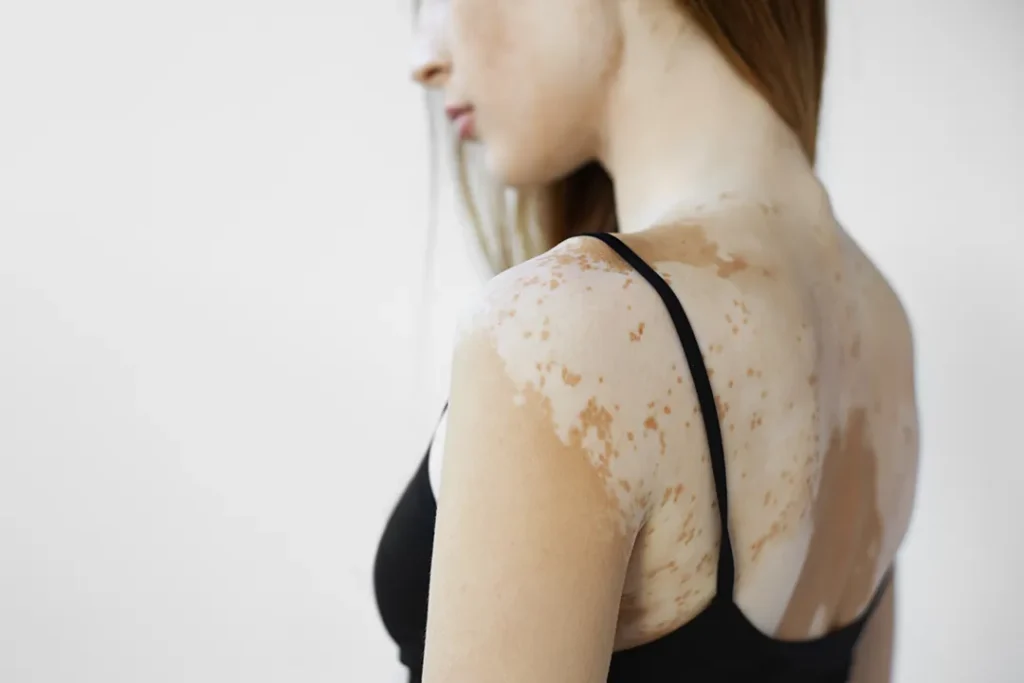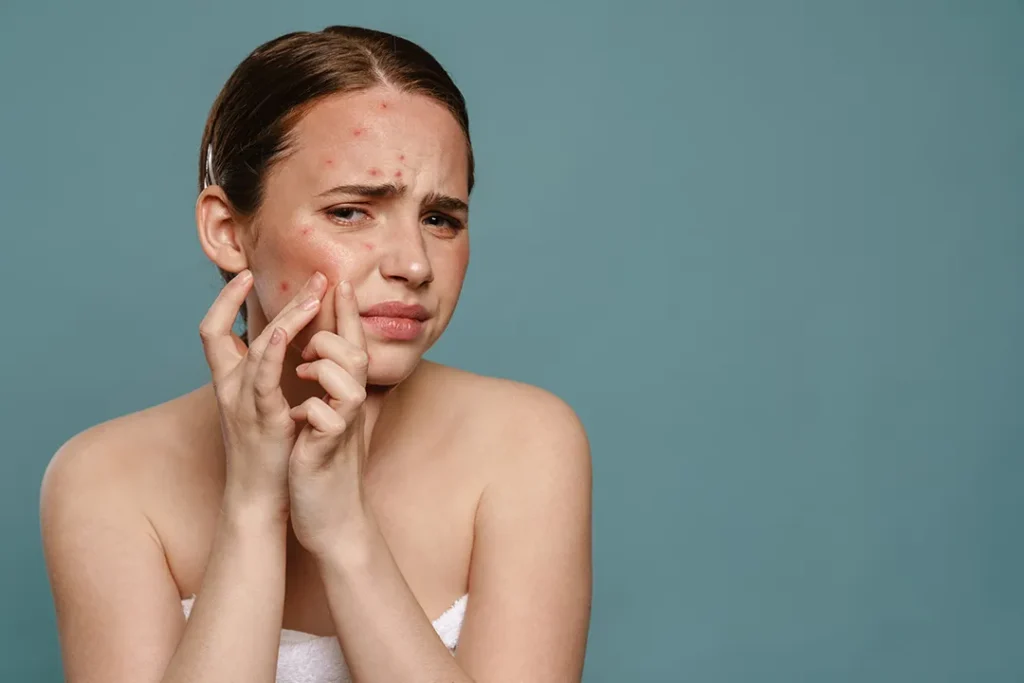Sunscreen & Baby Skin
Newborns come into the world with ‘baby soft’ skin that is delicate and thin and lacking two natural protections against sun damage:
- Elastin fibres – Baby skin is still forming the elastic fibres that adults have in larges supply. These fibres plump and thicken the skin, protecting it and making it more difficult for UV rays to penetrate.
- Melanin – Newborns cannot produce skin-protecting melanin as quickly as adults, making them especially vulnerable to sunburn after only a brief exposure.
Sunscreen helps make up for baby’s natural skin deficiencies. However, not every sunscreen is right for every baby’s skin. When first applying sunscreen, Austin Clinic recommends that you:
- Choose zinc-based sunscreens or those that are formulated for sensitive skin – Sunscreens made with zinc oxide create a protective barrier on top of the sun, rather than penetrating the pores. These sunscreens are less likely to irritate the skin. There are sunscreens that are specifically formulated for infants so keep an eye out for those.
- Do a patch test – Put a small amount of sunscreen on a small section of your baby and then monitor it to see if there is an allergic reaction.
- Apply sunscreen early and often – Sunscreen should be reapplied every two hours for maximum protection, starting mid-morning.
4 Ways to Keep Baby Skin Safe and Glowing
Unfortunately, babies can’t tell you when their skin feels too hot and they’re starting to get sunburned. They can’t even get out of the sun on their own! That’s why parents need to be vigilant about their care. While sunscreens are effective at blocking UV rays, you see, they can also irritate a newborn’s delicate skin.
Austin Clinic recommends you start to teach your children healthy sun care habits (even when they’re tiny) by:
- Watching the Clock – The sun is at its strongest and the heat is at its highest between 10am and 4pm. For babies and grown-ups alike, staying indoors during these hours reduces the risk for skin damage and overheating.
- Staying Shady– Avoiding direct sun rays is the most effective way to shield your wee one from UV rays. This is especially important for babies under the age of six months. Trees and awnings offer shade where you’re stationery. A sun umbrella, canopy or hooded stroller protect baby when you’re on the go.
- Dressing for Success – Pants and long-sleeved shirts in lightweight natural fabrics help protect the skin. For the next level of protection, look for baby clothing (and sunglasses) with built-in protection. Complete the ensemble with a wide-brimmed hat to protect the face and shoulders. Safe and stylish, too!
- Being a Water Baby – UV rays aren’t the only things that can negatively affect your baby’s skin. Overheating can lead to skin dehydration, so be sure your child drinks plenty of fluids.
It’s Never Too Soon to Protect Skin
The medical skin experts at Austin Clinic want to help all Australians fight the scourge of skin cancer. The best way to do that is to help even our tiniest patients protect their skin from UV rays. If you’re pregnant, have recently given birth, or just need some guidance on the best products and treatments for youth and adult skin care, we hope you’ll contact us or visit our online store soon.




